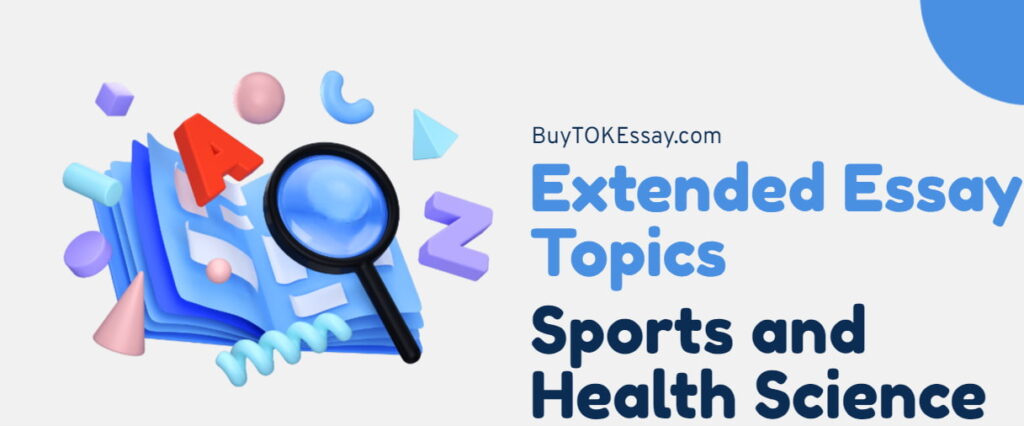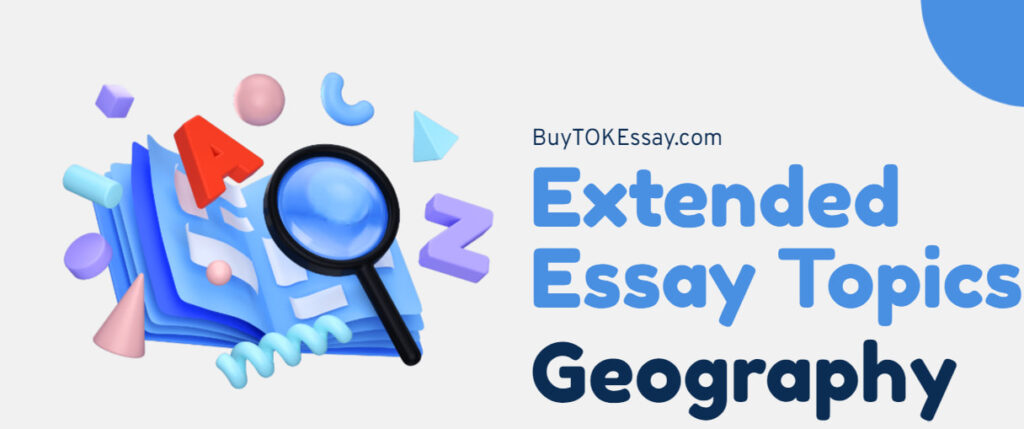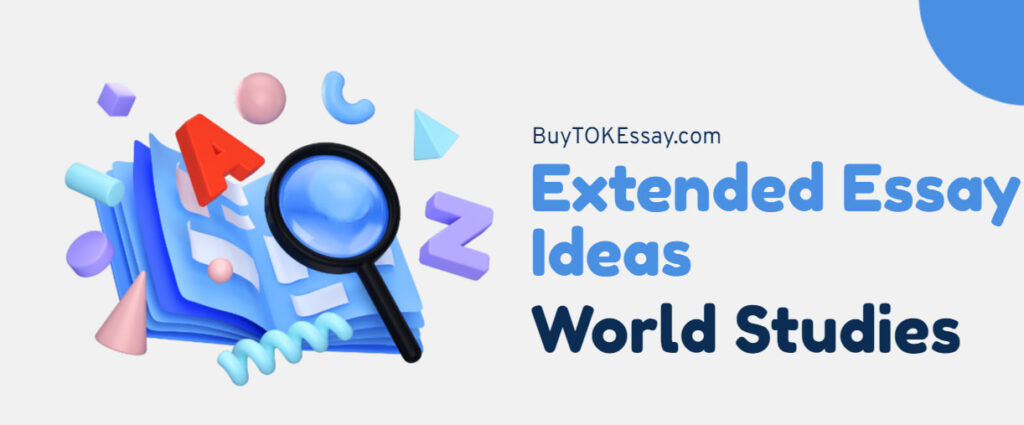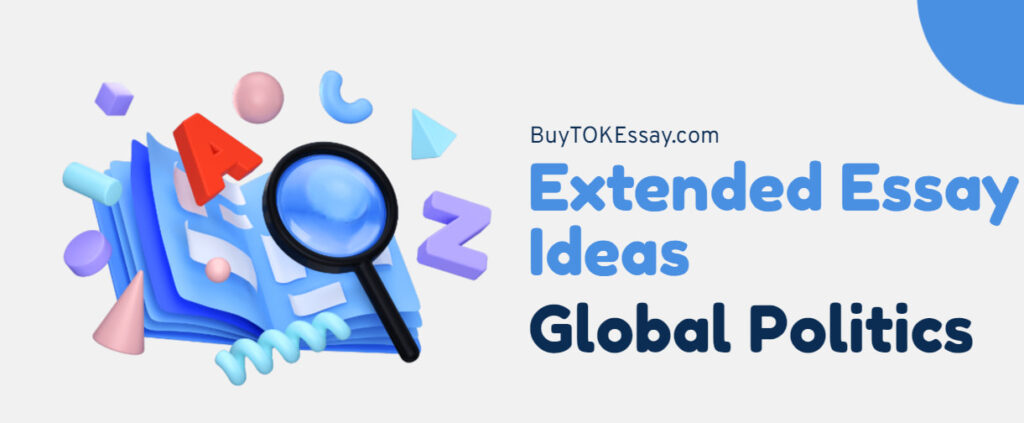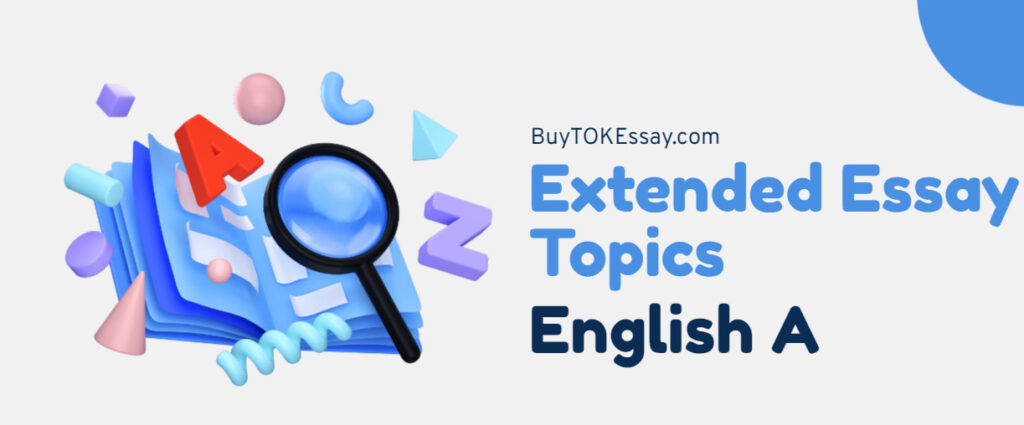The accuracy of your data may significantly impact how your essay is graded. The core of your extended essay is the science EE data collection. Your analysis, argument, and even conclusion will all suffer if your data is poor. If your data is solid, the essay almost writes itself.
So, let’s discuss the best strategy to collect Science IB Extended Essays data.
What Is the Science IB Extended Essays Data Collection?
Data collection is often the most challenging part when students first plan their science EE. Trust me; you’re not the only one who feels that way. It’s one of the trickiest parts of the essay but also the most important. You should think and act like a real scientist in science extended essays. That means getting an actual, testable proof to support a clear research question. You’re not just providing facts; you’re also looking into, measuring, comparing, and coming to opinions based on your data.
IB rules say your data needs to be organized, measurable, and relevant. In other words, you can’t just put numbers in and hope they work. Instead, your data should directly answer your research question, be gathered reliably, and be strong enough to be analyzed in depth. The data quality is typically where the difference starts if you’ve ever thought about what separates a good science EE from a great one.
A well-structured science EE data collection plan shows you’ve done more than just reading and remembering. You’ve also tested a theory, kept track of the results, and presented your findings like a scientist.
Why Data Collection Matters in the IB Sciences?
Because the student didn’t take their data seriously enough, I’ve seen excellent essays fall flat. Underestimating the importance of the investigation to the IB is a typical error. In science, the strength of the data supporting a conclusion determines its strength. Even with a flawless beginning and a dozen citations, your score will suffer if your data is poor, untrustworthy, or unrelated to your research issue.
Everything else in your essay, including your analysis, judgment, and organization, flows more naturally when your data is strong. Examiners want to see evidence that you comprehend the scientific approach. Your capacity to think critically, solve issues, and draw reliable conclusions is shown by how you gather and present data, whether you’re utilizing published research, computer models, field observations, or lab-based experiments.
More significantly, having reliable data gives your voice as a student researcher more legitimacy. “I didn’t just read about this—I investigated it, and here’s what I found,” it conveys to your examiner.
Primary vs. Secondary Data
In my opinion, knowing the distinction between primary and secondary data is crucial before deciding on a methodology. Let’s take a straightforward approach.
- Primary data is unique and first-hand and often requires measurement, testing, or in-person observation. It is used for chemical titrations, monitoring plant growth in various light conditions, and measuring pendulum swings in physics labs. You conduct the experiments, manage the variables, and document the outcomes.
- Conversely, secondary data is information already gathered and released by another party. It may include using a peer-reviewed paper on antibiotic resistance in biology. You may examine data from a large-scale experiment, such as those conducted at CERN, in physics. Even examining weather patterns or astronomical data may qualify if your source is reliable and your interpretation provides value.
You don’t have to employ both categories, where students often get confused. While secondary data makes more sense for specific themes, primary data is the only option for others. Both may be used, however, provided they support your research and strengthen your case.

How to Choose the Right Method for Your Science EE?
If you don’t have a good research question, picking a method is like doing an experiment without knowing what you’re trying. It’s very important to be clear first.
Start With Your Research Question
Your research question should be immediately linked to your method. Your data collection will be messy and complicated to understand if the questions you ask are too general or not specific enough. On the other hand, focused, useful data come from a straightforward question.
For instance, the question “What does temperature do to enzyme activity?” is clear and can be measured. You know what to measure and how to measure it.
Subjects and Methods Must Match
Regarding data collection, each science topic has its advantages and disadvantages.
- In biology EE, direct studies, such as growth rates, field surveys, or enzyme reactions, are often possible.
- Chemistry is mostly about titrations, chemical production, and reaction rates.
- You’ll often have to perform time trials, readings, light and sound studies, or computer models in physics essays.
From what I’ve seen, trying to use a biology method for a chemistry question or vice versa just makes things more complicated.
Safety and Ethics First
Do not skip this part. Most of the time, the IB is very strict about ethics in biology. You must get permission and follow ethical rules when working with people or other things, even for a small task like a sleep study. The same applies to lab safety: write down everything and do things correctly.
How to Collect Primary and Secondary Data in Science Extended Essays?
One of the biggest worries I hear from the hundreds of IB students I work with is, “How do I actually gather data that will help my topic?” That’s a good question; you should ask it early in the planning process.
Collect Primary Data
When you use primary data, you are doing the research yourself, like running tests, taking measurements, or making direct observations. This practical method not only makes your essay more unique but it also shows that you have a thorough knowledge of science concepts. However, it needs to be planned out and often involves getting access to lab tools or outdoor settings.
I always tell IB students to do the following things before they collect any data:
- Pick a research question that is clear and can be tested.
- Find the factors that are independent, dependent, and controllable.
- Do a test run to find and fix any problems.
- Write down your methods and conditions in depth.
- Try several different methods for each situation to make the results more reliable.
- Keep track of doubts and sources of mistakes as you go.
Ultimately, it will be easy to analyze if your process is regular and well-organized.
Collect Secondary Data
When the subject is too complicated or broad for school, secondary data is a good way to go. You can use science records, government information, or peer-reviewed studies to support your research. And make sure your sources are good. You can compare trends, run models, or check estimates with extra data. Using extra data is fine as long as your research is original and well-thought-out.
No matter what you do, remember that quality is more important than quantity. A well-organized data set is always better than a bunch of numbers that seem useless.

Need Help with Your Extended Essay?
Maximize your potential and boost your excellence with the help of our experts! Whether starting from scratch or fine-tuning your existing assignment to meet your supervisor’s demands, our team is here to make your dream of a perfect paper a reality. Say goodbye to writer’s block and hello to success with just one click.
How to Organize and Present Your Data in the Science EE?
What examiners think about the quality of your work can depend a lot on how you order your results. You’re not just showing data; you’re telling a story with it. Each graph, table, and figure should help your story make more sense. It doesn’t fit in the essay’s main body if it doesn’t.
Data Tables, Charts, and Graphs
It’s time to start with tables. Your raw data should always be included, but it should really be in the appendix unless it’s being talked about directly in the analysis. Long tables can get in the way of your work, so keep them neat and organized and ensure you know where to find them when needed. Write “as shown in Table 2” instead of “the data shows” to show that the response rate rises steadily with temperature.
Do not make your essay look too scientific by adding many pictures. If an image isn’t directly related to your point, leave it out or move it to the section.
Integrating Data Into Your Analysis
The fact that students treat data as something different from their case is a mistake I often see. Because of bad time management, they add charts, make some notes, and then move on. That’s not analysis at all.
Instead, you need to make the links. Always refer back to your data to show how it supports or disproves your theory. What new trend is there? What does this have to do with the science concept or theory you’re using? What might explain any strange things that you see? Say things like:
- “This backs up the hypothesis because…”
- “These results make it seem like…”
- “This is one possible reason for the outlier in Figure 3.”
Along those lines, don’t be afraid of doubt. From my point of view, students who are honest about the flaws in their data and still come to a reasonable conclusion usually get better grades than those who act like their results were perfect.
Don’t forget that showing your data is more than just numbers. It’s about using data to make a strong scientific case. You are very close to getting an A+ if you master that skill. Also, you can always get help from our IB experts if you need it.

